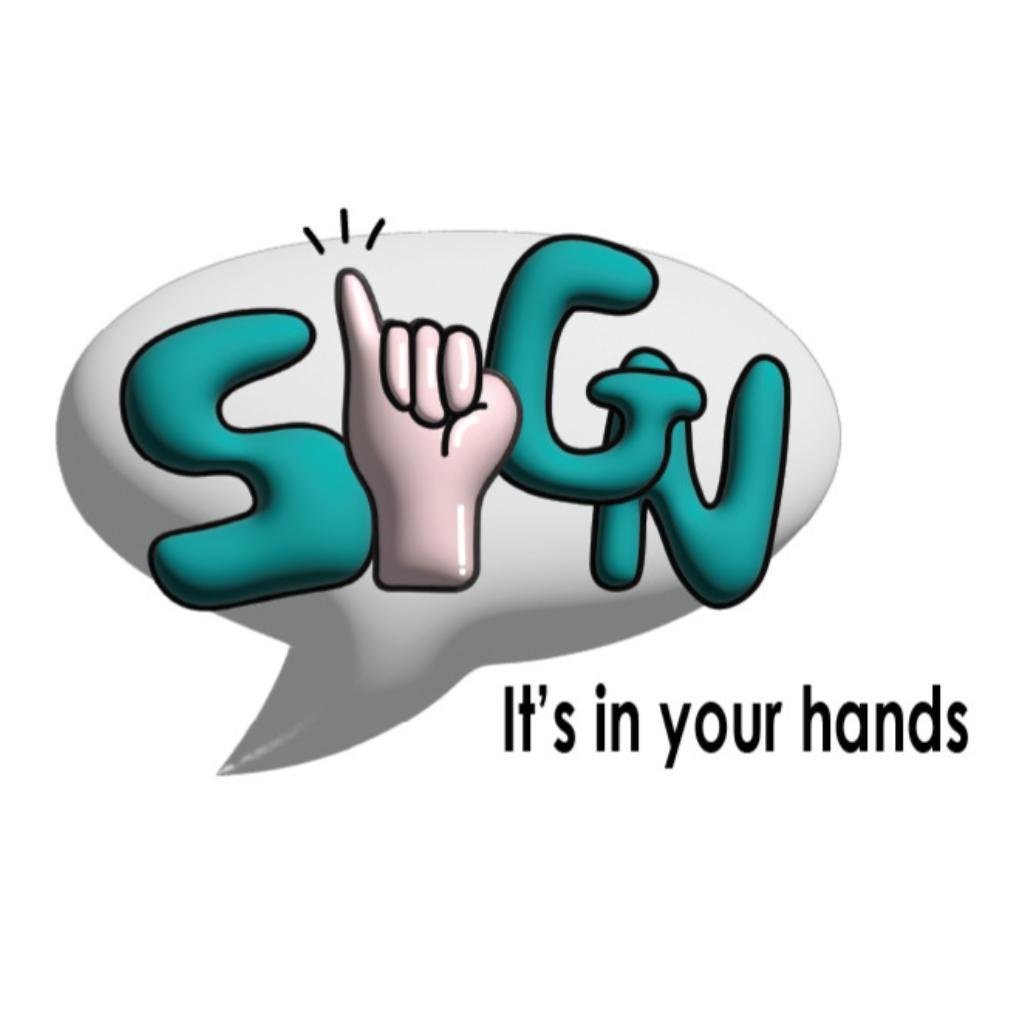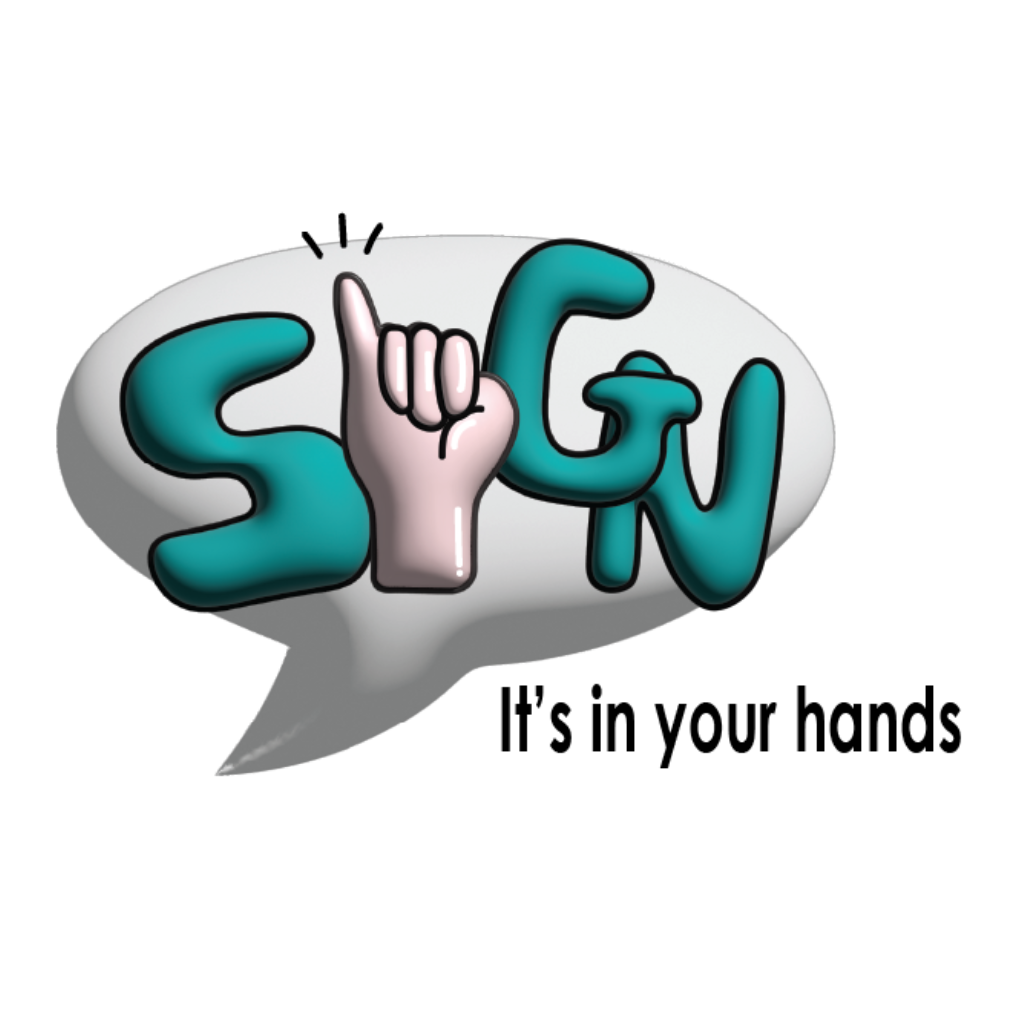Sign language has a rich history that dates back hundreds of years. It is difficult to attribute the invention of sign language to a single individual, as it has developed spontaneously within deaf communities around the world. However, one influential figure in the history of sign language is Abbé Charles-Michel de l'Épée. In the late 18th century, Abbé de l'Épée created a standardized French sign language and established the first free public school for the deaf in Paris.;
Sign language plays a vital role in facilitating communication for individuals who are deaf or hard of hearing. It allows them to express themselves, engage with others, and access information. Sign language is also an important tool for the deaf community to preserve their cultural identity and heritage. Additionally, sign language can be learned and utilized by individuals without hearing impairments to bridge communication gaps and promote inclusivity.;
Sign language has evolved and diversified over time, adapting to the unique needs and cultures of different deaf communities. Regional variations of sign language developed naturally within communities, often influenced by the local spoken language. As societies advanced and technology progressed, sign language has also embraced new vocabulary related to modern concepts and technologies. Today, sign language continues to evolve and grow as a dynamic means of communication.;
Sign language is a visual means of communication that uses hand and body movements, gestures, and facial expressions to convey meaning. It is primarily used by deaf or hard of hearing individuals to c...
Read More
